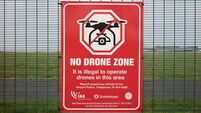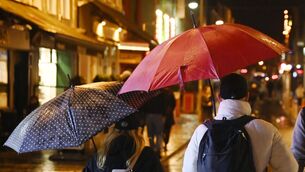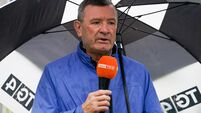Fines, suspended sentences for companies after building-site death
Fines totalling €250,000 have been imposed on two companies and suspended prison sentences on two men arising out of the death of a young father of one on a Bray building site.
The man, who died when a crane came into contact with a 10,000-volt overhead wire at Diamond Valley Developments, Dargle Road, Bray on February 19, 2003, was 27-year-old Darren Kelly.













